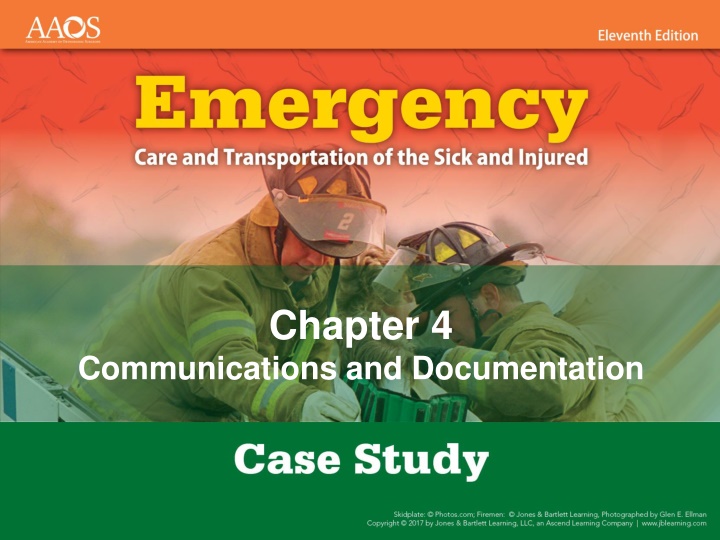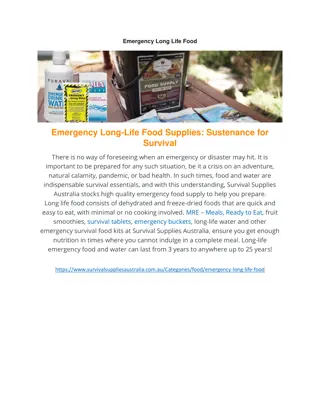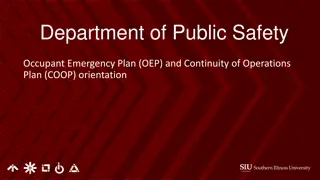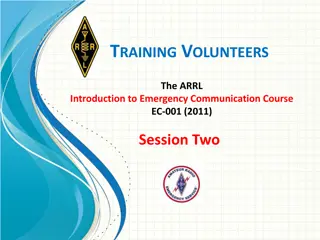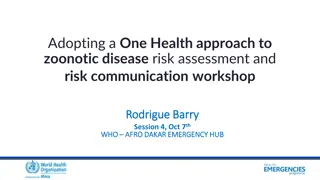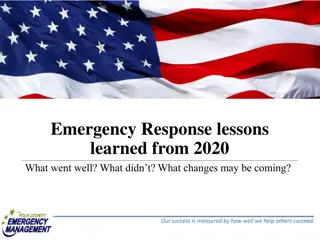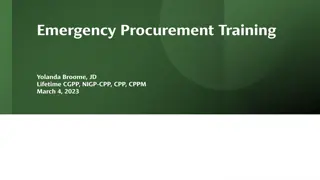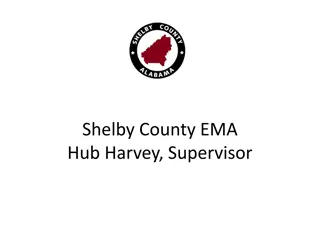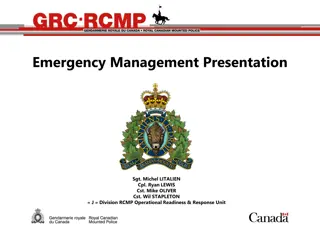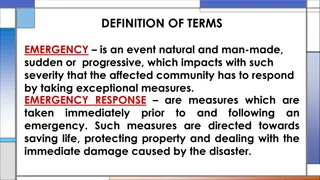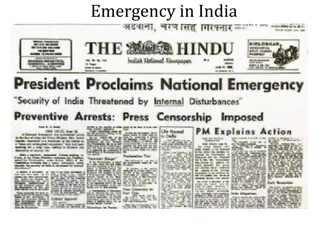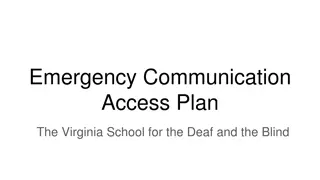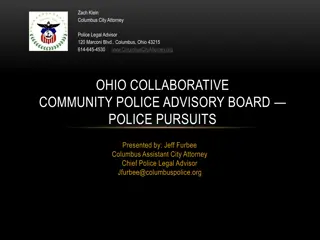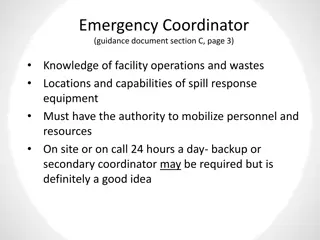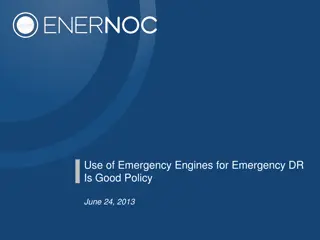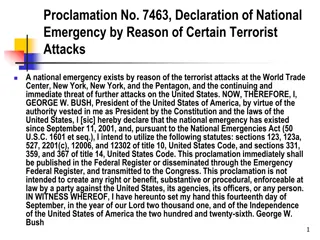Communication and Documentation in Emergency Response
In this scenario, an older woman is found in distress after a fall in the bathtub. The importance of effective communication, including pre-arrival reports and patient care reports, is highlighted. Strategies for clear communication in challenging situations are explored to ensure the best care for the patient.
Download Presentation

Please find below an Image/Link to download the presentation.
The content on the website is provided AS IS for your information and personal use only. It may not be sold, licensed, or shared on other websites without obtaining consent from the author.If you encounter any issues during the download, it is possible that the publisher has removed the file from their server.
You are allowed to download the files provided on this website for personal or commercial use, subject to the condition that they are used lawfully. All files are the property of their respective owners.
The content on the website is provided AS IS for your information and personal use only. It may not be sold, licensed, or shared on other websites without obtaining consent from the author.
E N D
Presentation Transcript
Chapter 4 Communications and Documentation
Part 1 Your BLS unit is dispatched to a home for an older woman who has fallen. You arrive on scene and are greeted by a hospice worker who found the patient in the bathtub. As you enter the bathroom, the 86-year-old patient is sitting in the bathtub without water; her back is resting on the faucet. She is pale and cold to the touch and complains of having hip and back pain and of being very cold.
Part 1 She said she had gotten up around 3 AM to use the restroom, tripped, and fell into the bathtub. She worked herself into the current sitting position and couldn t move after that. She rates her back pain an 8 and her hip pain a 10 of a scale of 1 to 10.
Part 1 1. What are the primary reasons that a prearrival radio report is given to the receiving hospital? 2. Are there advantages/disadvantages to using a narrative-style patient care report rather than a fill in the bubble style format?
Part 2 Many different forms of communication must be employed when working in the field. Your responsibility as the sender of information must take into consideration that many of those who receive information may have difficulty understanding your instructions and/or requests. The woman you are caring for has rated her pain.
Part 2 3. In what ways do you anticipate that her pain and anxiety levels will affect her ability to comprehend or comply with your instructions? 4. What can you do to minimize the potential for miscommunication?
Part 3 You provide the following report to the hospital: Columbus Fire, Columbus Community Hospital. We are en route to your facility with an 86-year-old woman who fell into her bathtub at 3 this morning, where she remained until 10 this morning. Patient is conscious and alert and complains of being severely cold and of having hip pain and mid-back pain where she was leaning back on the faucet in the bathtub.
Part 3 The patient is alert and oriented; her skin is pale and cold to the touch. We noted crepitus in the pelvic girdle. Her blood pressure is 112 over 84, pulse is 72, and respirations 14. We have immobilized her onto a backboard. She still has pulse, motor, and sensory function distally in all four extremities. She has a history of diabetes. Our ETA is 10 minutes. Do you have any questions or orders for us?
Part 3 5. What questions do you anticipate emergency department personnel to ask? 6. With the patient s history of diabetes, what else might play a role in your care? How does this disease affect the patient s perception of pain?
Part 4 Although the patient is in extreme pain, you carefully explain all the procedures you perform during her care, which helps lower her anxiety. You also offer reassurance that her anxiety is to be expected. You make direct eye contact when addressing her claustrophobia about being immobilized and fear of falling off the gurney.
Part 4 When you are not performing medical procedures, you take the time to hold her hand, let her know how far away you are from the hospital, and explain to her what to expect from the doctors and nurses when you arrive. She tells you that she cannot spend another minute on the board and asks you how long she needs to be tied down. You are unsure.
Part 4 7. How should you answer her? 8. Is it ever justifiable to misinform a patient to reduce the patient s anxiety temporarily?
Summary You feel that you aided in this patient s care by addressing her pain and fears during the call. Ignoring or failing to validate a patient s feelings can have a negative impact on the overall success of your care. Understanding how pain and fear can cloud a patient s thinking can help you know when to adjust your tone of voice for reassurance, and to slow down your speaking and simplify your sentences to communicate effectively.
Summary Do not lie to patients or fabricate answers to their questions when you honestly do not know the answer.
